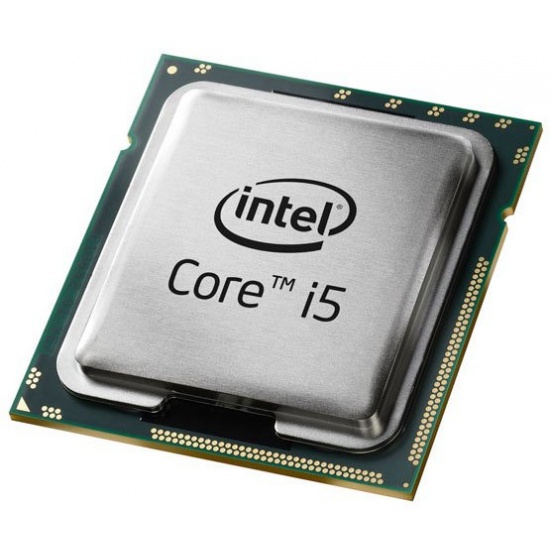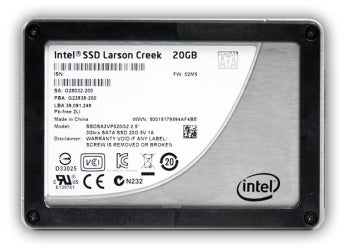

Processor family: 7th gen Intel® Core™ i3, Processor socket: LGA 1151 (Socket H4), Component for: PC. From my experience, the problem seems to be more common with people who have setups of a RAID hard drive array that is then cached with an SSD rather than a single hard drive setup with a cache.Intel Core i3-7100. I hope this information helps those who encounter any problems with the Intel Smart Response Technology.

The Intel RAID Configuration should list all your drives and the cache drive will probably be listed as Disabled or De-Synced. This can be very tricky to do at times ad there is a narrow window to press the key combination. If you were unable to get into this, shut down the system after it finishes booting and try again. When it is next powered on, you will use the keyboard commands (often Cntr-I) during the boot sequence for the Intel RAID BIOS to enter its configuration. Once you have saved any critical data to a backup drive, the system needs to be shut down and powered off. Be sure to back up any critical data from your system before proceeding just in case of an error.
INTEL SMART CACHE TECHNOLOGY DRIVER
If the system is properly booting up, and you can get into the Rapid Storage Technology driver and the disassociate function is not working (which I have never gotten to work properly), it will be necessary to destroy the cache drive configuration from the Intel RAID BIOS during the boot up sequence. If you attempt to use this, you will get the follow pop up box: Next to the inaccessible, there is a link to Disaccociate the drive. After loading Windows, you will see the message from the top of the article if you launch the Intel Rapid Storage Technology driver up and switch to the Accelerate tab. If it does not, you unfortunately probably have a dead hard drive.

Once the SSD drive is removed from the system, it should be able to boot into Windows. So power the system completely off and then remove the power and data cable going to your SSD cache drive. This situation requires that the SSD cache drive be temporarily removed. In fact, when it happened to me, I could not even access the Intel RAID setup in the BIOS. Hard rebooting the system does not help at all either. (Note: It may actually be dead if the hard drive has failed and it is not just a desynced cache.) In my case just recently, the screen should just go blank and not load. If your computer does not properly boot into Windows, you are in the unlucky situation that will cause panic as the system will just appear to be dead. In one case, it just gets deactivated but the hard drives still loads the OS but the other disrupts the access to the hard drive even though the hard drives are fully capable of working on their own. The issue is that the cache drive has somehow become desynced with the data on the hard drive. The second and much more annoying instance is where the system won’t boot at all and looks like you have a failed drive. The first is that the system just is slower when you boot it up and try to load programs. When it does encounter a problem though, it can be tricky to get it fixed and working again.Įssentially, there are two ways that you may find that the caching system stops working within a computer system. For the most part, it is extremely easy to setup and works with almost no problems. I personally have been using the feature since its introduction and did a. The feature allows a small solid state drive to act as a cache for the hard drive making frequently accessed programs, data and booting of the system much faster than a standard hard drive. Intel’s Smart Response Technology is a a great feature that is available for Intel based computers that run the Z68, Z77 and Z87 chipset based motherboards and a few of the newer Q77/87 and H77/87 based systems.


 0 kommentar(er)
0 kommentar(er)
